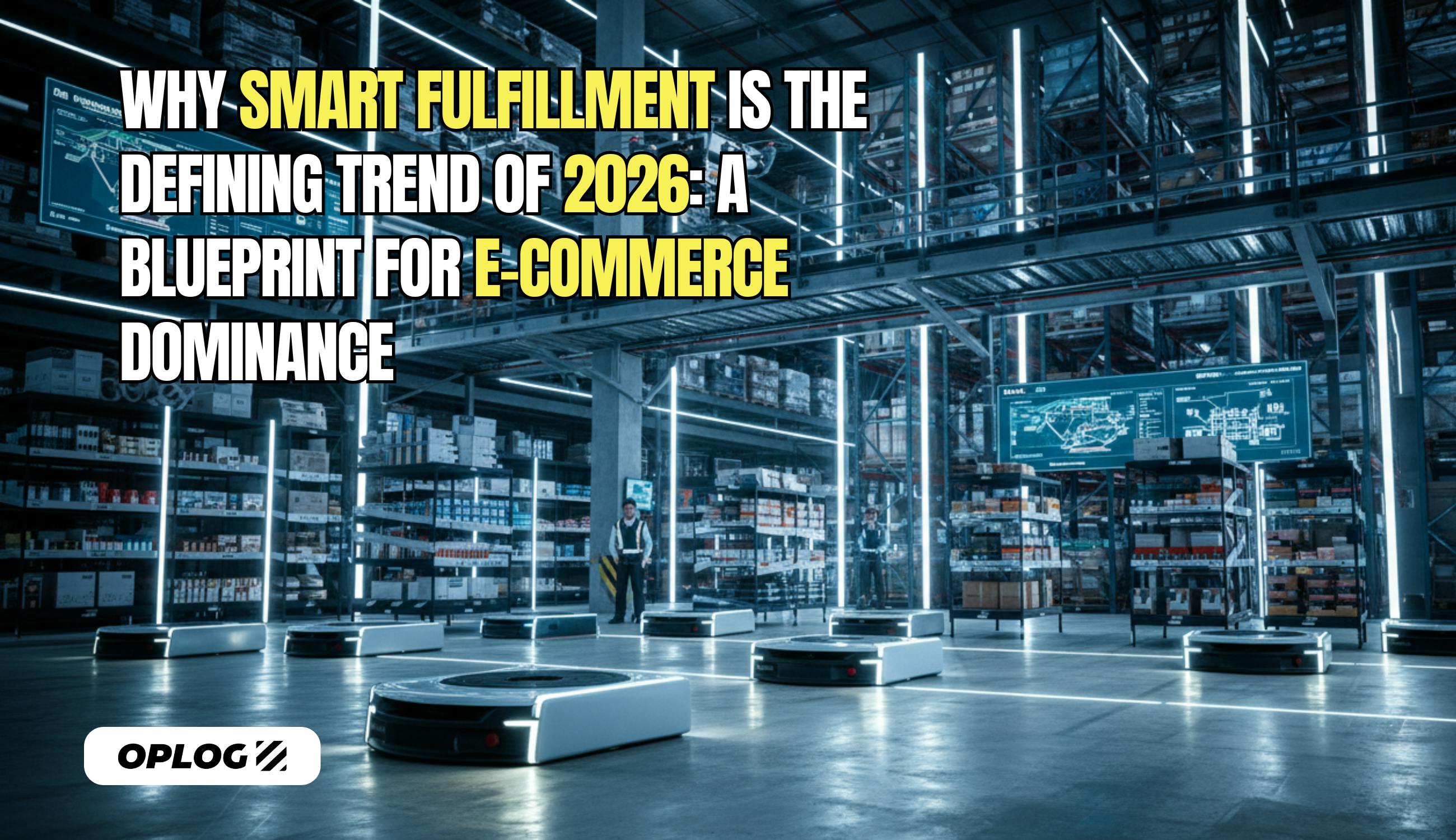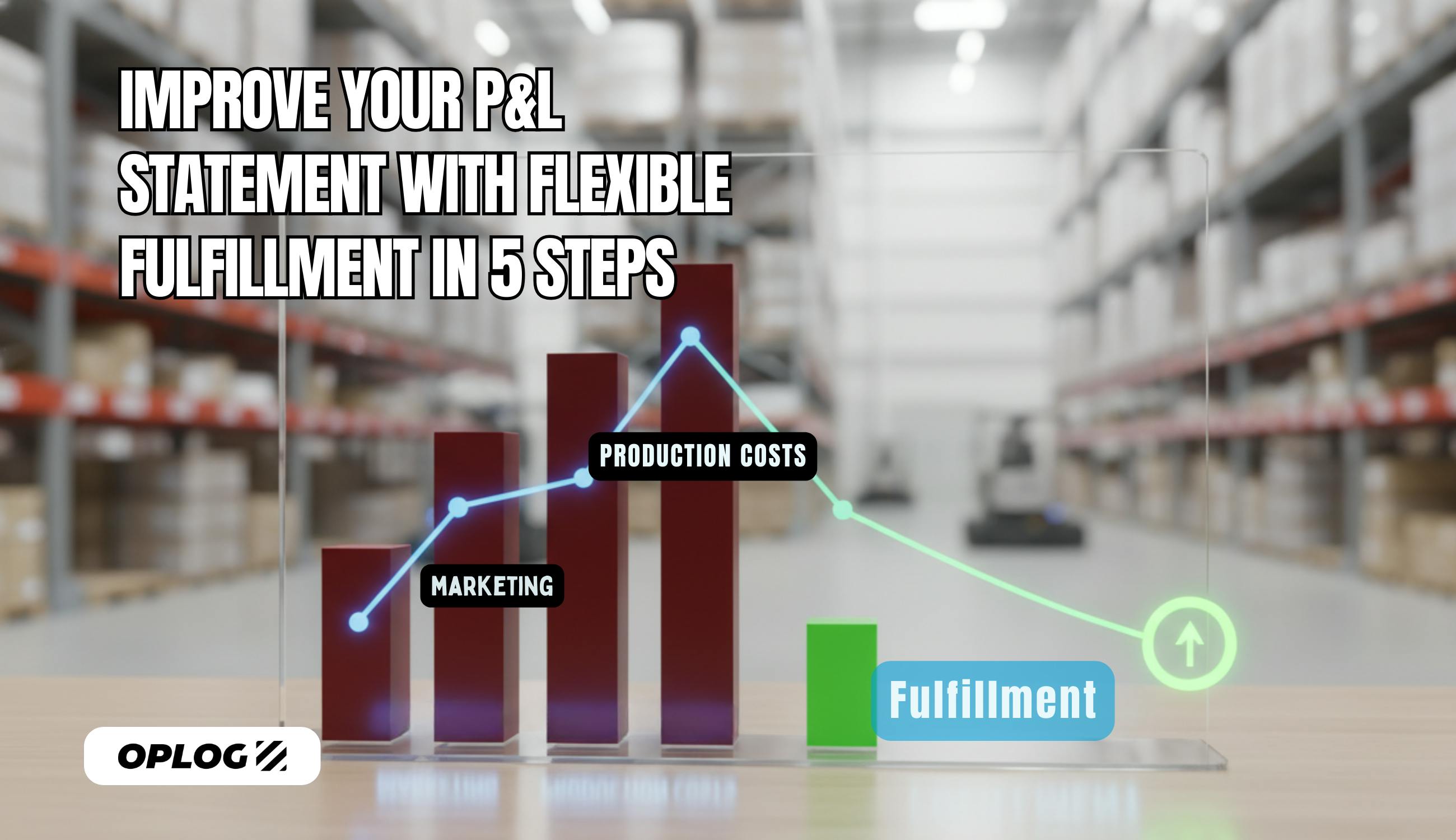Selling in Germany as a retail brand can be rewarding but challenging. You need to compete with well-established and influential players and meet German customers' lofty standards and preferences.
While Germany is often associated with beers and cars, there’s much more. It is one of Europe's most lucrative retail markets.
With a population of over 83 million consumers and a retail sales revenue of 644.5 billion euros, Germany is one of Europe's largest and most attractive retail markets. It ranks as the fourth-largest retail market in the world, after the United States, China, and Japan.
But how can you sell your products to discerning and demanding German consumers?
In this blog post, we will give you a starter pack for how to sell to Germany and succeed in the German market.
In this blog post, we will cover the following highlights:
- Know your target market and segment
- Understand the competitive landscape and your unique value proposition
- Choose the right distribution channel
- Adapt to the local culture and regulations
- 5 Reasons to Sell in Germany
Know your target market and segment
Germany's market is diverse and heterogeneous, with notable regional, cultural, and socio-economic differences.
Defining your target market and segment clearly and tailoring your product offering, pricing, positioning, and marketing strategy is crucial.
For example, consumers in Eastern Germany tend to be more price-sensitive and loyal to local brands than those in Western Germany. Similarly, younger consumers are more likely to shop online and use digital payment methods than older ones.
Some of the factors that you should consider when segmenting your target market are:
- Demographics: age, gender, income, education, occupation, family size, etc.
- Psychographics: lifestyle, values, attitudes, interests, opinions, etc.
- Behavior: shopping frequency, channel preference, brand loyalty, payment method, etc.
- Geography: region, city, urban/rural area, climate, etc.
Choose the right distribution channel
When it comes to distribution, a lot is involved ranging from marketplaces, fulfillment, delivery, and shipping.
Marketplaces
Although you could decide to limit your marketplaces to global platforms, it would also be advantageous to your business to consider local platforms.
The choice of which local eCommerce platforms to consider is subjective and relies on the products or services being sold. However, numerous German retail sales channels, such as Real.de, Zalando, OTTO, Yatego, and DaWanda, are available nationwide.
Irrespective of the platform, an advanced order management platform like OPLOG-ONE centralizes all operations on one dashboard, helping you keep track of everything, everywhere, all at once.
eCommerce in Germany is experiencing significant growth, primarily due to the increasing popularity of shopping on mobile devices. Mobile sales account for 38% of all retail e-commerce sales in the country.
You should prioritize ensuring proper mobile optimization and providing your customers with a great mobile buying experience.
Shipping, Fulfillment, and Delivery
When selling online, you must remember that Germany has a highly precise customs process compared to other countries.
Hence, if an item is being held for further investigation, the result will be extra delays.
Partnering with an experienced and trusted fulfillment company can remove compliance's bureaucratic challenges while ensuring customer satisfaction with timely deliveries.
An excellent fulfillment process affects several factors, including customer satisfaction, brand reputation, sales, cost, and compliance.
By partnering with an omnichannel fulfillment provider like OPLOG, you can significantly improve your fulfillment process and enhance customer satisfaction.
It is important to mention that in Germany, home delivery is the most widely used delivery method, preferred by 87% of the population. However, German buyers are increasingly open to alternative delivery options like delivery to pick up points, such as parcel lockers. These options can save buyers from having to pay extra for rush orders.
Payment methods
German buyers tend to favor credit/debit cards (29%), invoices (26%), and digital payments (22%) as their preferred methods of payment. However, there are some Germans who are cautious about financial risks and prefer to avoid credit cards and debt altogether.
To ensure German buyers' confidence, offering a secure payment system is crucial. In online product ordering, many German consumers prefer paying after receiving the product, thus opting for invoice payment instead of upfront payment.
It is recommended to be open to various payment methods to accommodate their preferences.
Adapt to the local culture
Germany is a country with diverse culture, as well as a strict and complex regulatory framework. Therefore, adapting your product, pricing, promotion, and placement strategies to German retail consumer behavior is essential.
Some of the aspects that you should consider are:
Language
While many Germans may be proficient in English, they prefer conducting their shopping activities in their native language, German. Therefore, ensuring that your products, marketing materials, and customer support services are all offered in accurate and fluent German, explicitly tailored to the local market, is essential.
Quality
When targeting German customers, ensuring that your product meets or exceeds the local quality requirements and certifications is essential. It is vital to communicate your quality clearly and transparently.
Price
It is important to remember that German customers are sensitive to prices and always look for the best value. This means that it is crucial to develop a pricing strategy that is competitive and fair and consider offering discounts or loyalty programs to attract and keep customers. It is wise to keep an eye on prices across different channels and competitors to ensure your pricing remains competitive.
5 Reasons to Sell in Germany
Here are five reasons with examples for retail businesses to sell to Germany:
- With over 83 million consumers (about twice the population of California) and a retail sales revenue of 644.5 billion euros in 2023, Germany is Europe's biggest and most sought-after retail market. Otto is a well-known German mail-order firm that offers a diverse range of products, such as clothing, electronics, and home goods. With a customer base of over 100 million in Germany, it stands as one of the biggest retailers in the nation.
- Germany is a leader in e-commerce, which generated 99.1 billion euros in B2C turnover in 2021, growing by 19 percent compared to 2020. E-commerce offers retail businesses lower entry barriers, wider reach, and higher customer convenience.
- Germany presents a diverse and heterogeneous market with significant regional, cultural, and socio-economic differences. This gives excellent opportunities for your retail business to cater to different segments and niches by offering tailored products and marketing strategies.
- In Germany, quality and innovation are highly valued in the market, and there is a great demand for premium, organic, fair trade, and eco-friendly products. Retail businesses that can provide top-notch products that meet or surpass local standards and certifications have an advantage in competition and can establish customer confidence and loyalty.
- Germany provides a gateway to the European Union, offering access to a vast single market of more than 450 million consumers. Retail businesses selling their products to the German market can further benefit from the free movement of goods, services, capital, and people within the EU, expanding their presence and reach in other European countries.
Wrapping up…
Successfully selling your brand in Germany's retail market can be rewarding and challenging. To excel in this market, it is crucial to have a clear understanding of your target audience, competition, unique selling points, distribution channels, local culture, and regulations.
By implementing these insights and tips, you can establish a robust and long-term retail presence in Germany and tap into its vast potential.
If you're targeting Germany as your next market, OPLOG's Global Fulfillment Network is the answer you need. With over 10 years of experience in e-commerce logistics, OPLOG can help you expand your brand globally while bringing your products to new buyers in new markets. Discover more about our fulfillment center in Germany and let us help you grow your business.






